Nicaragua Country Update
| MOST LIKELY REGIMES AND THEIR PROBABILITIES | |
| 18-Month: | FSLN 80% |
| Five-Year: | FSLN 60% |
| FORECASTS OF RISK TO INTERNATIONAL BUSINESS | ||||
| Turmoil | Financial Transfer | Direct Investment | Export Market |
|
| 18-Month: | Moderate | B (B+) | B+ | B (B+) |
| Five-Year: | Moderate | B- | B- | B- |
| ( ) Indicates change in rating. | * Indicates forecast of a new regime. |
| KEY ECONOMIC FORECASTS | |||
| Years | Real GDP Growth % | Inflation % | Current Account ($bn) |
| 2007-2011(AVG) | 2.8 | 9.6 | -1.14 |
| 2012(F) | 3.5 | 8.6 | -1.60 |
| 2013-2017(F) | 3.7 | 7.2 | -1.25 |
Ortega Maintaining Pragmatic Policy Stance
The landslide victories of President Daniel Ortega and his Sandinista National Liberation Front (FSLN) at last November’s presidential and legislative elections have done little to bolster the weak foundation of Nicaragua’s democratic institutions, but warnings that the president would use his increased political power to steer the country down the path of radical socialism have proven to be unfounded. Despite his close relationship with Venezuela’s “revolutionary” leftist leader, Hugo Chávez, and the occasional embrace of populism, Ortega has generally done what is required to ensure continued good relations with the IMF, whose support is essential to Nicaragua’s ability to finance its fiscal and external deficits.
The circumstances surrounding Ortega’s re-election continue to negatively affect perceived risk, as investors remain wary of the heavy concentration of political power in the executive and the government’s clear influence over the judiciary. However, there is little of the undercurrent of social instability that is evident in other parts of the developing world, and, despite some slippage, the president’s approval rating of close to 60% suggests that Ortega enjoys considerable support among Nicaraguans.
Recent poll data showed that just 25% of respondents were of the opinion that Ortega is behaving like a dictator, compared to 60% in 2009. This is testament to the effectiveness of the president’s leadership style, particularly his ability to instill confidence that there are brighter days ahead for the country.
Consequently, municipal elections scheduled for November 2012 are not expected to produce any shifts in the balance of power among parties that might affect the outlook for the business climate. The Ortega administration’s large majority in the legislature represents something close to a guarantee of policy continuity, a factor that together with the president’s expressed commitment to maintaining a generally orthodox policy course will contribute to predictability in business planning.
Reforms Promised
The need for fiscal reform is underlined by the worsening of state finances in 2012. The combined public-sector deficit is projected to exceed 2% of GDP (after grants) this year, despite higher-than-budgeted revenues, the result of large outlays for power subsidies, an increase in the deficits of public-sector enterprises, and the government’s assumption of a larger share of the cost of bonuses paid to public-sector employees, which in the past have been paid with off-budget funds provided by Venezuela…
Economic Forecasts for the Three Alternative Regimes
| FSLN | Divided Government | Centrist Coalition | |||||||
| Growth (%) |
Inflation (%) |
CACC ($bn) |
Growth (%) |
Inflation (%) |
CACC ($bn) |
Growth (%) |
Inflation (%) |
CACC ($bn) |
|
| 2012 | 3.5 | 8.6 | -1.60 | 3.1 | 9.0 | -1.70 | 2.4 | 9.2 | -1.40 |
| 2013-2017 | 3.7 | 7.2 | -1.25 | 2.6 | 7.5 | -1.45 | 2.2 | 6.0 | -1.05 |
For more on this and to view the latest report for Nicaragua, click here!

PRS INSIGHTS
Moving beyond current opinions, a seasoned look into the most pressing issues affecting geopolitical risk today.
EXPLORE INSIGHTS SUBSCRIBE TO INSIGHTS